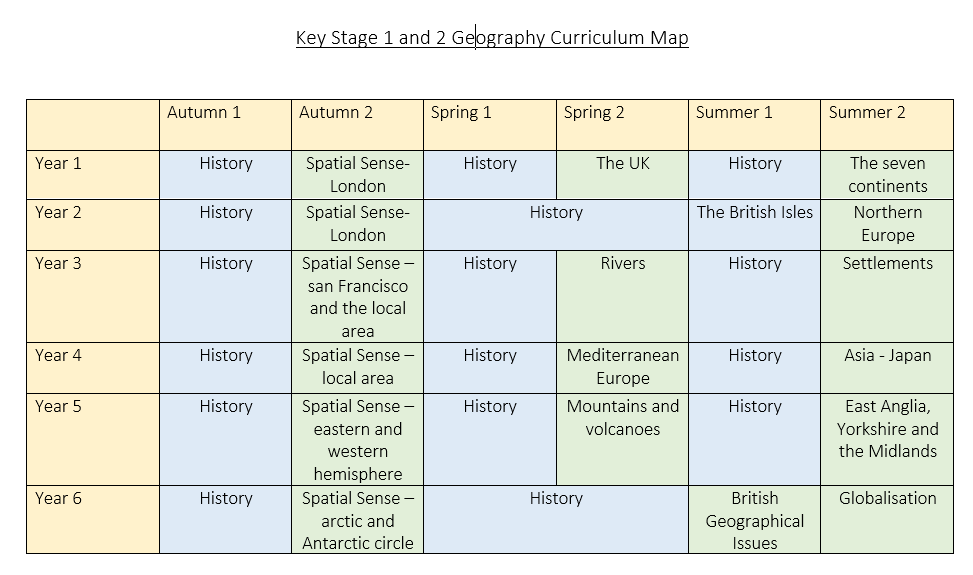Geography
Geography statement of intent:
At Emmanuel, Geography is a key component of our broad and balanced curriculum as we aspire for all children to experience ‘life in all its fullness’.
We intend for our geography curriculum to:
- Fulfil the aims of the National Curriculum for Geography.
- Reflect and celebrate the diversity of our school community by teaching children about places, people and cultures from around the world.
- Develop a love of learning for the subject by equipping children with the necessary geographical skills that enables them to develop a sense of wonder and curiosity towards the world they live in.
Introduction to Geography
Geography at Emmanuel intends to inspire pupils and provoke a curiosity and fascination of the world around them. We aim to give pupils a clear understanding of the world, its environments, places near and far, and the processes that create and affect them.
The Geography curriculum is carefully planned and sequenced from EYFS to Year 6 to ensure that current learning is linked to previous learning and that our teaching is informed by current pedagogy on how we can help children learn more and remember more. Geography is taught through the following key strands:
- Place knowledge
- Locational knowledge
- Human and physical Geography
- Geographical skills and fieldwork
Geography skills from EYFS to Year 6
In EYFS, Geography links most directly to these areas of learning and development within the Foundation Stage:
- Understanding the world involves guiding children to make sense of their physical world and their community.
- People, Culture and Communities where children are encouraged to think about similarities and differences between life in this country and life in other countries; drawing on knowledge from stories, non-fiction texts and when appropriate, maps.
- The Natural World- where children should note some similarities and differences between the natural world around them and contrasting environments and understand some processes and changes in the natural world such as the seasons.
In KS1, Geography is taught in half-termly units throughout the year; introducing children to key geographical concepts, places and locations. Children will begin to identify and locate continents and oceans using maps and globes and begin to use positional language as well as basic compass directions. Children will also start to consider the similarities and differences of places in the United Kingdom and use basic geographical vocabulary to refer to the different physical and human features.
In KS2, Geography continues to be taught half-termly throughout the year and builds on the foundation of skills children acquired in KS1. Children will develop their knowledge of places around the world; using maps and atlases to locate different countries, cities and lines of longitude and latitude. They will begin to consider the human and physical geography of places around the world, comparing and contrasting key locations. They will also begin to explore the link between environmental, physical and human geography and develop an appreciation of the interconnectedness between them.
We enrich the children’s experience of geography through a wide range of trips, which are embedded within the curriculum and help children become fully immersed as keen geographers.
Curriculum map
Please find our curriculum map below, outlining what topics are covered in Geography lessons from Year 1 – Year 6

